We start to notice that as the infants grow older and start developing into toddlers, they are looking to please the people they interact with. They start to follow simple direction and show us their receptive language skills are developing when able to respond to verbal requests. When getting ready to go outside the infants often get excited to see their belongings, are able to find what is theirs amongst their peers and are quick to sit down in attempts to take their shoes off. Amelia when asked, will sit down and tug at her shoes, working through on getting them off her feet to put on her outdoor shoes. Sometimes, requiring assistance other times on her own. She recognizes her belongings as she goes to find her hat, bringing it over to an educator signing and saying “hat,” letting them know she is wanting to go outside and ready to go. We as educators use our receptive language skills to follow the children’s lead in their play or when it comes to meeting their needs. Showing them respect by listening to what they want. Marcy needed a “chewy” (teething ring) and was at the fridge saying “chewy.” Tami was at the fridge and opened the door and said find a chewy. So, Marcy opened the freezer and found what she needed, but when she spotted her water she looked to Tami and said “wa wa”, Tami asked if she wanted to water in which Marcy replied “yes.” Tami said grab your water, in which Marcy did. When educators listen and allow the infants to do things for themselves they feel heard, are shown respect and develop independent skills as they continue to grow and develop.
- Our Story
- Our Programs
- Program Info
- Forms & Policies
- Locations

Location Finder
With our location finder you can search by postal code and filter by area, age, type, school board and more.
- Location Finder
Icons indicate:
Icons indicate:

Community Locations 
Waterloo Catholic DSB Locations 
Waterloo Regional DSB Locations - .
- Good to Know
- How We’re Governed








